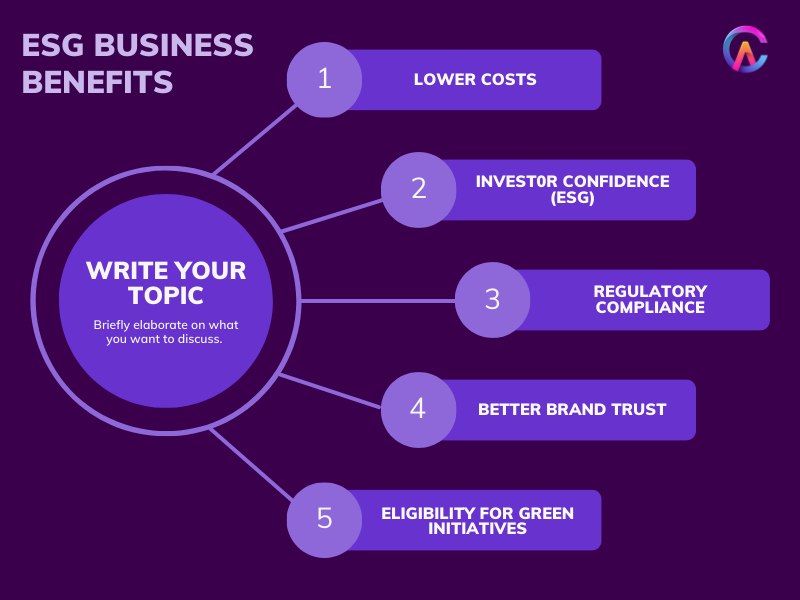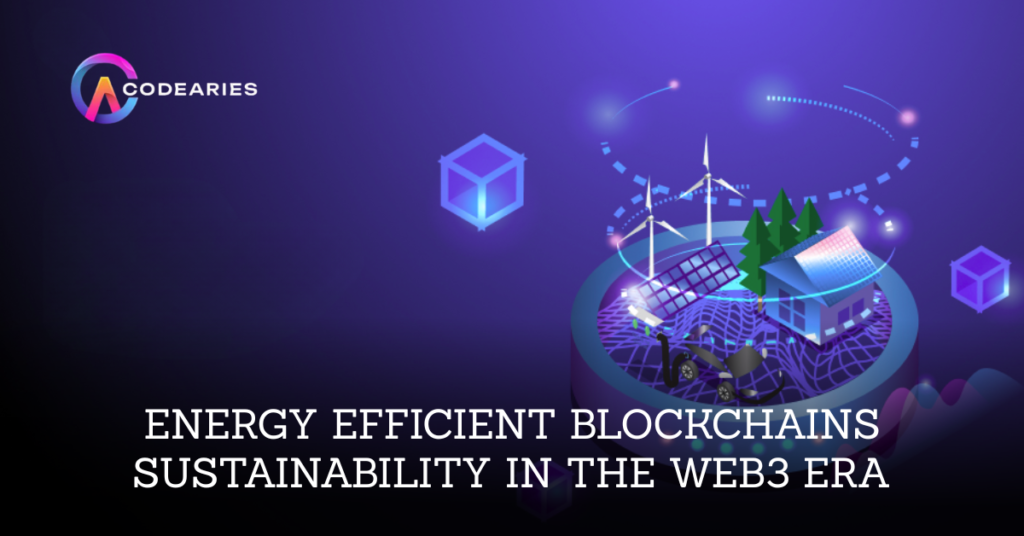Web3’s changing how we use the internet, giving power back to people through tools like shared networks, digital tokens, or self running agreements. Still, while this shift grows, so does worry over how much energy blockchains need. Old systems such as Bitcoin and early Ethereum used heavy computing tasks that guzzled electricity, sparking fears about pollution and long term harm. Now, with climate goals in mind, cleaner alternatives are stepping forward, pushing eco friendly tech into the spotlight. These updates aren’t just nice, they’re needed if Web3 wants wider trust and growth. Here, we look at green blockchain advances, what’s working, what’s tricky and how Codearies helps companies create lighter footprint solutions in the evolving web space.
Why Blockchain Sustainability Matters
Public blockchains get criticized because they use lots of electricity, like how some say Bitcoin burns through as much energy as entire nations. That’s more than bad press, companies won’t jump on board unless there’s clear evidence it’s eco friendly, especially when governments are watching closely.
Fuel savings are a big deal because they cut costs while helping the planet at the same time
- Climate shifts worry folks plus cash backers want greener choices
- Fuel prices are going up, while supplies might get shaky across the world
- Folks want tech that’s fair, creators feel the same way
- Rules in big markets plus coming restrictions on polluting systems
Sustainable blockchains aren’t just good for nature, they’re a smart edge, offering fresh clarity while building trust across the network.

How Modern Blockchains Are Slashing Energy Consumption
The Move to Proof of Stake and Beyond
The largest shift in eco friendliness came when most of the sector moved away from proof of work toward proof of stake systems. Rather than using countless machines racing to crack tough math problems for every block, PoS picks verifiers depending on how many tokens they hold. Because of this change, power consumption fell more than 99% versus old school mining methods. When Ethereum adopted PoS in 2022, its yearly electricity demand went from massive terawatt levels down to nearly nothing in comparison.
Some fresh blockchains Solana, Algorank, Avalanche, Tezos, NEAR, Harmony, plus Cardano started off using low energy agreement methods right away. Meanwhile, systems like Polygon rely on second layer growth tricks or mixed models to cut emissions without losing independence or safety.
Layer 2s and Rollups
Layer 2 systems group trades together, then finalize them on the primary network later. Instead of recording every move live, they handle loads behind the scenes, so power needs and fees drop fast. Things like rollups, side chains, or plasma setups now support digital art sales along with big business logistics tasks.
Hardware and Network Optimization
Some projects tweak node software to use less power, while others reward using green energy to run them. Meanwhile, edge computing along with new hardware cuts the overall energy demand across whole networks.
Real World Impact and Examples
- Ethereum’s shift to PoS made it way greener, now it uses about as much energy as a modest online service, not a worldwide transaction network
- Algorand runs on a carbon negative basis, every emission gets balanced out thanks to eco friendly collaborations
- Solana uses way less power for each trade compared to looking something up online
- Tezos, on one hand, beats most networks when it comes to low energy use per transfer. Meanwhile, Avalanche stands out with similar efficiency gains. Both appeal to businesses that need clean audit trails. That’s why firms eyeing compliant DeFi lean toward these platforms. Even corporate app builders find them practical for daily operations
- Polygon balances out its network pollution by teaming up with eco focused organizations, these collaborations back clean energy initiatives while pushing forward green growth
In the NFT surge from 2021 to 2024, lots of artists and companies switched away from power heavy networks toward greener chains, this kept up with what buyers wanted.
Business Benefits of Energy Efficient Blockchains
- Cheaper running expenses plus pulling in fresh ESG focused backers
- Folks find it simpler to keep up with today’s rules and tomorrow’s too, when handling eco friendly demands
- More room to grow plus reach more users since power bills won’t kill small payments or fast moving apps
- Better trust in the brand, also a stronger public image
- Qualifying for eco friendly funding perks, alongside chances to boost a company’s public image through sustainability efforts
Creating lasting supply lines isn’t only the ethical move, lately, it’s becoming the wiser choice for companies.

Common Pitfalls and Challenges
- Exaggerating eco friendly promises, also known as greenwashing, when there’s no third party proof
- Failing to juggle eco friendliness with distributed control or safety, certain super fast chains weaken network strength just to go quicker
- Breaking things up, keeping eco apps stuck on separate tiny networks rather than backing one solid Web3 system that can grow steadily
- Staying on top of changing rules plus guidelines in different nations
Picking the right tools matters, clear updates on results, also constant tweaks, that’s what builds lasting eco edge.
How Codearies Helps You Build and Scale on Sustainable Blockchains
At Codearies, we support businesses, Web3 initiatives, or labels shaping fairer digital systems, guiding them into a smarter tech future through practical tools and fresh thinking
- Check blockchain systems that fit your needs, while using less power plus staying safe
- Green code checks that cut emissions by tweaking smart contracts early on, so less digital waste piles up down the line through smarter design choices made from the start using eco aware tweaks baked into each step instead of waiting till later
- Moving dApps, wallets, or NFTs from proof of work to proof of stake or layer 2 platforms, also shifting old setups into new systems while keeping things running without breaks
- Create eco friendly apps that track emissions, then check results with outside experts
- ESG tracking systems that help meet what investors expect, also fit rules from authorities
- Training groups so they pick up better ways to use energy in Web3. Teams learn new steps through hands on sessions. This helps everyone move forward without wasting power. Knowledge spreads faster when shared locally. Learning together builds stronger habits over time
Codearies helps your Web3 venture expand safely, building confidence among users, winning support from collaborators while gaining approval from regulators
Frequently Asked Questions
Q1 What chains use the least power these days?
Chains like Algorand, Solana, Tezos, Polygon, Avalanche and Cardano consistently rank among the lowest in energy use per transaction
Q2 Does Codearies support moving my project off a high-emission blockchain?
Yes, we handle moving stuff to eco friendlier systems without major hiccups or big risks along the way
Q3 Are eco-friendly blockchains worse in speed or safety?
It’s not always true. Many top PoS or Layer 2 chains offer quicker, lower cost trades while keeping strong security yet decentralization can slip. Speed and price help, but trade offs hide beneath the surface
Q4 How do I prove my blockchain app is sustainable?
We put in tracking plus updates along with verified carbon credits to show your results using actual numbers
Q5 Is energy efficiency relevant for NFTs & DeFi?
Yes, NFT sales and DeFi tools get heavy traffic, face crowds directly, so power draw plus moral layout aren’t just nice, they’re key for staying open.
For business inquiries or further information, please contact us at







